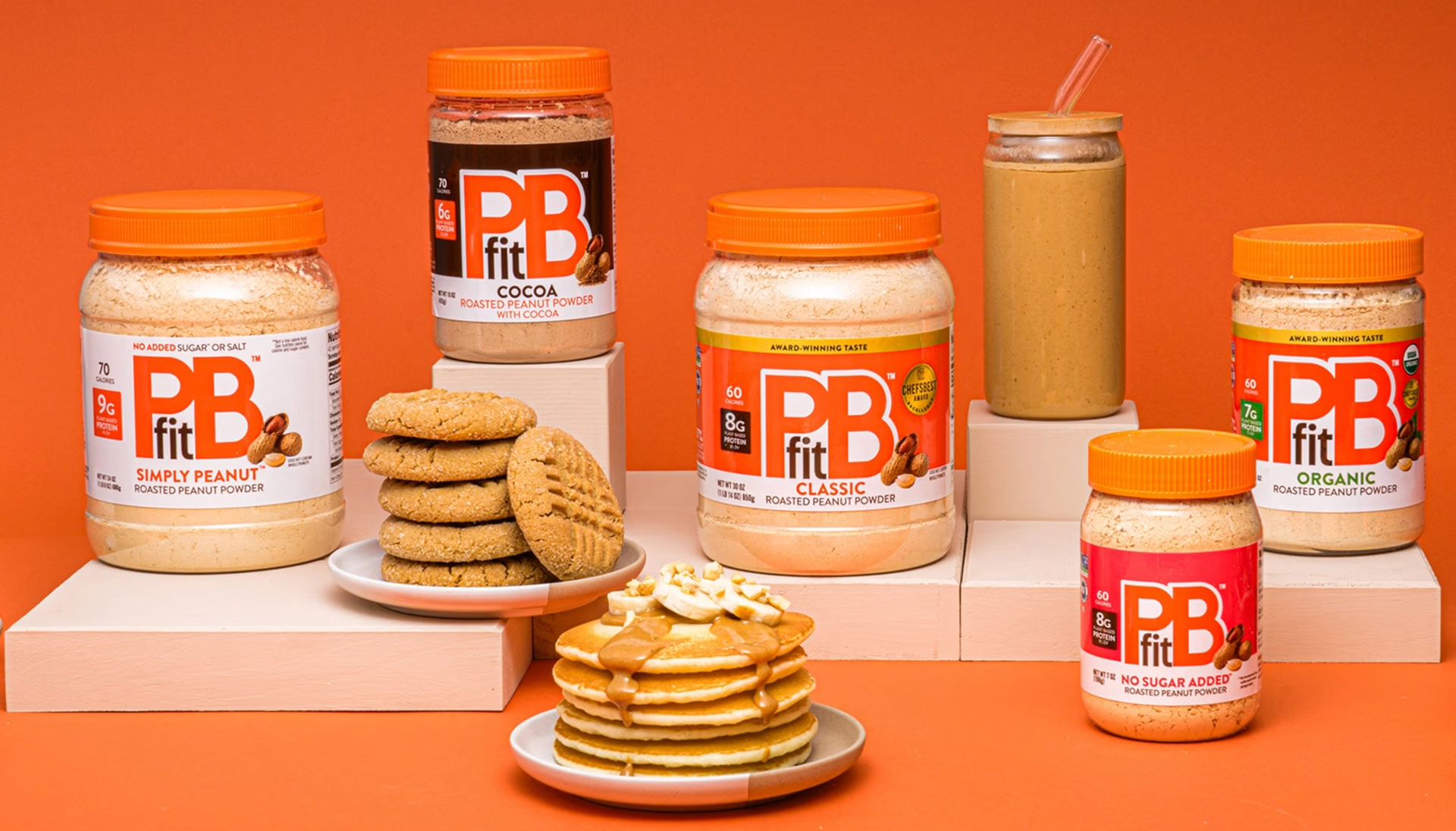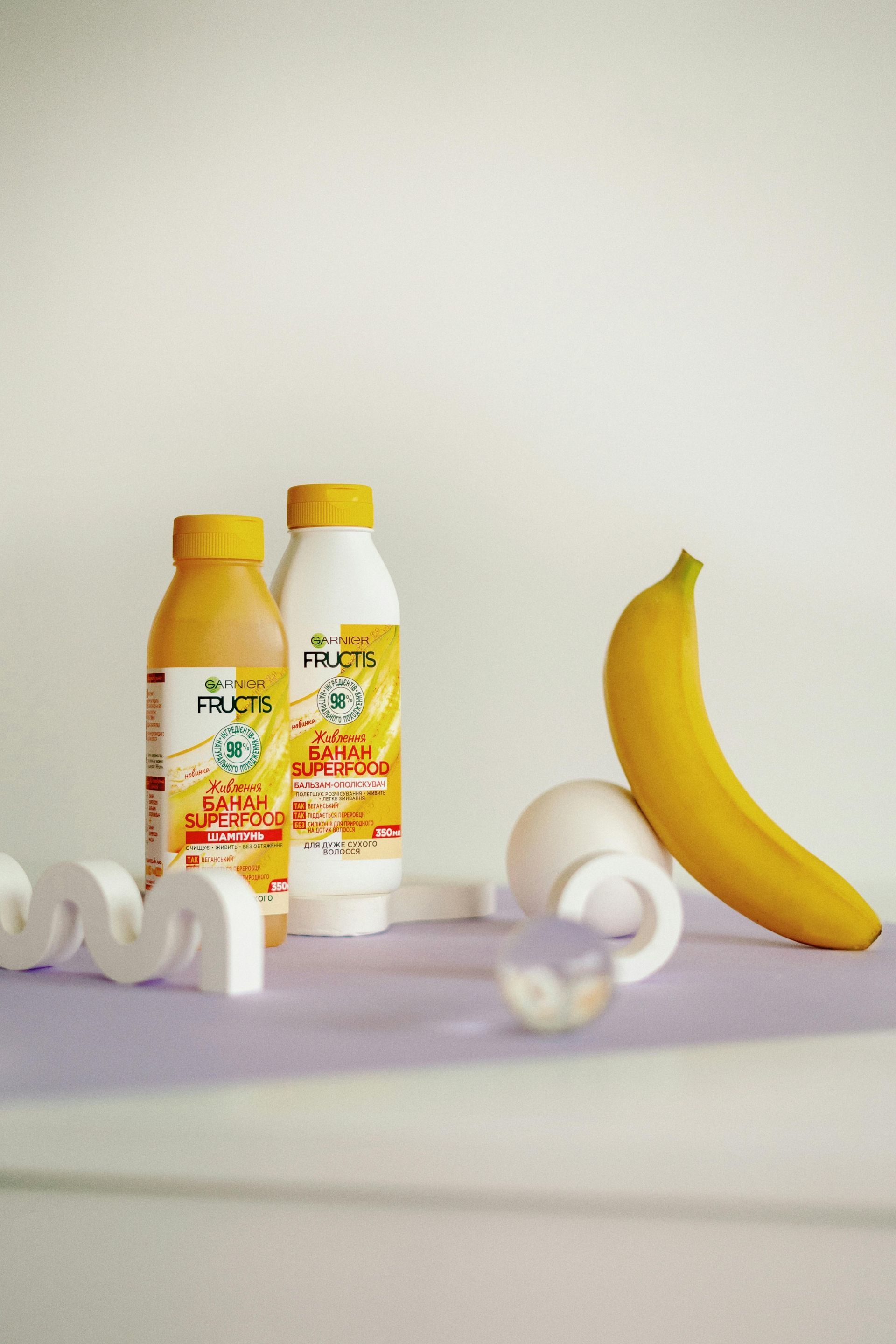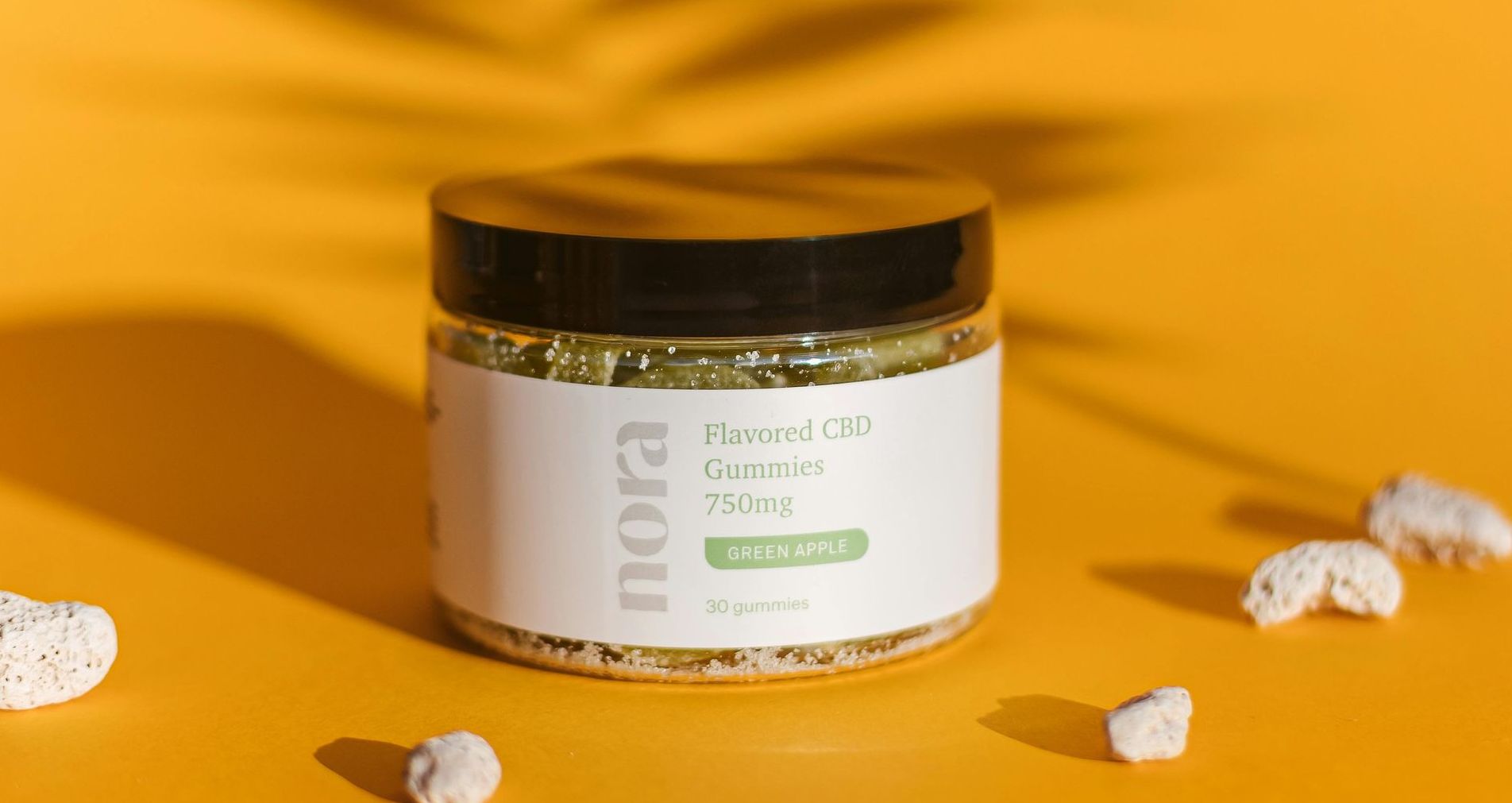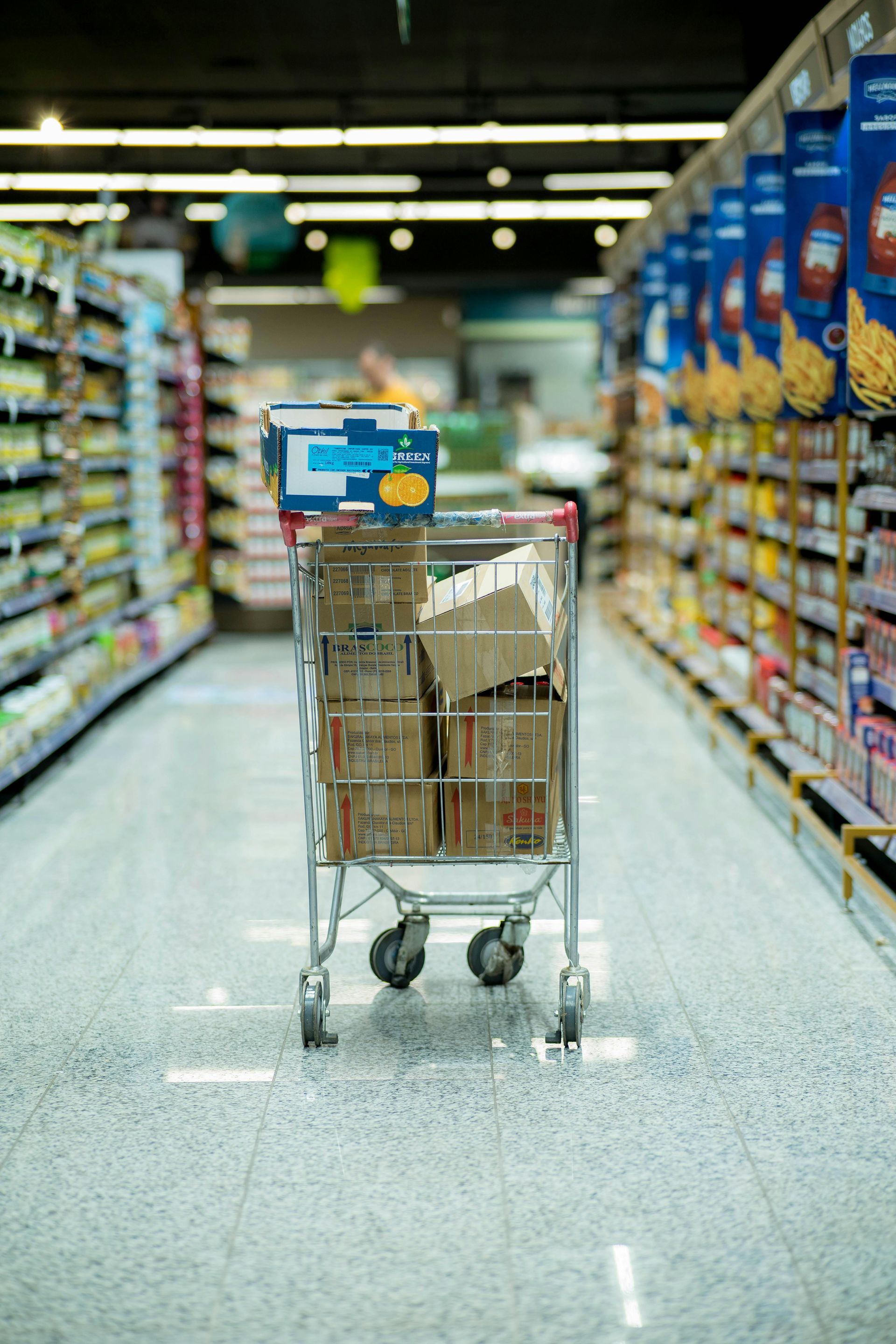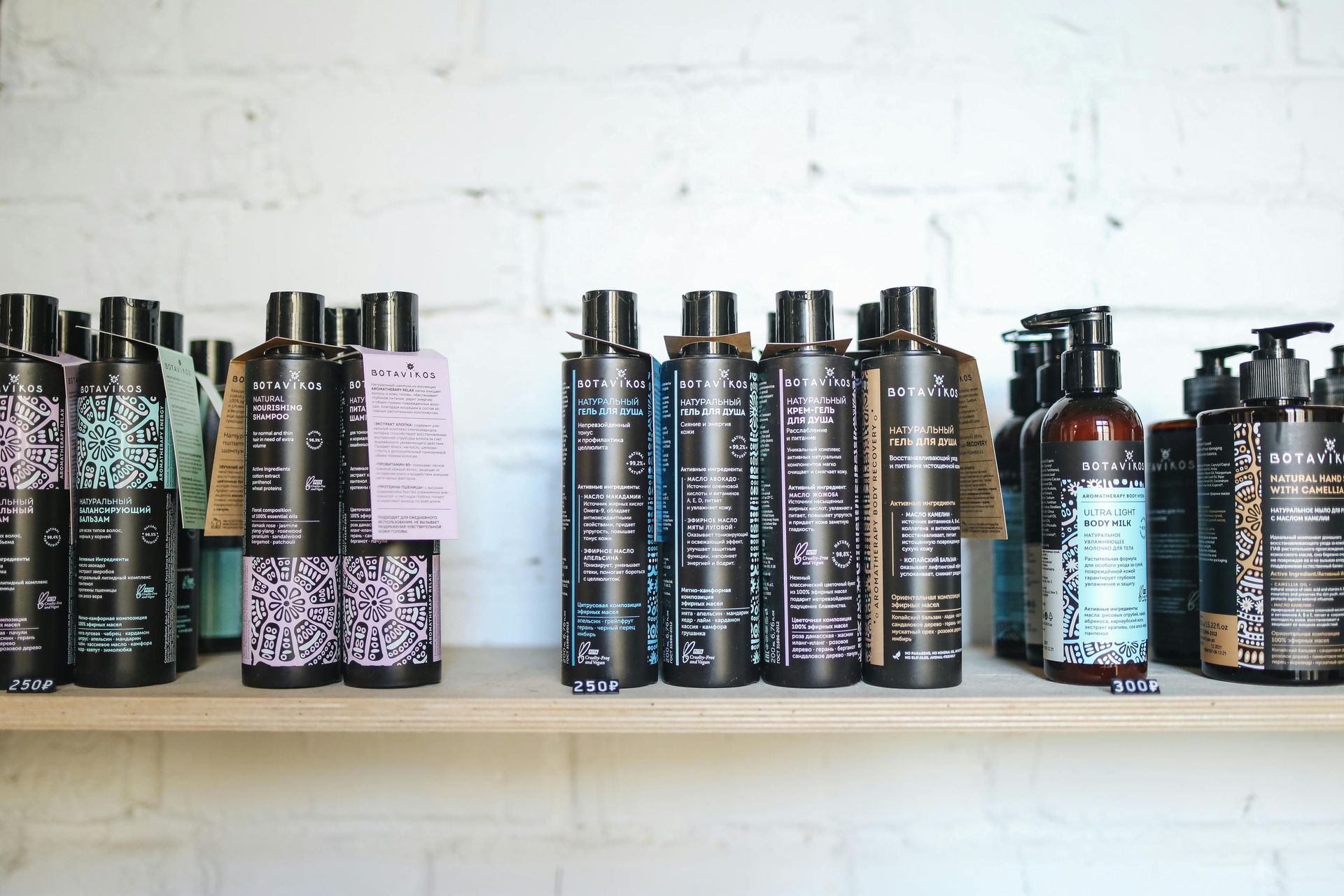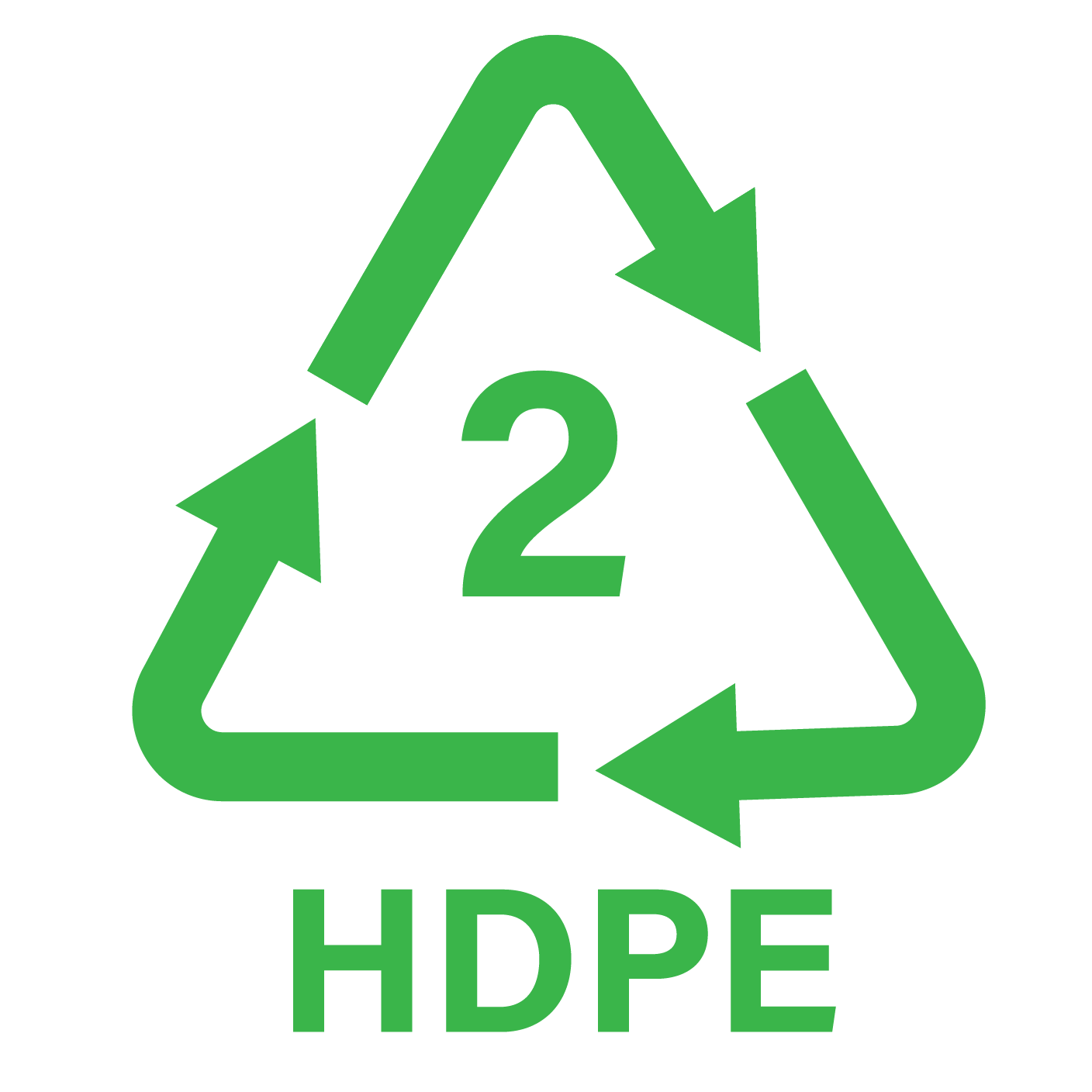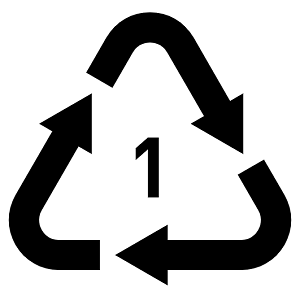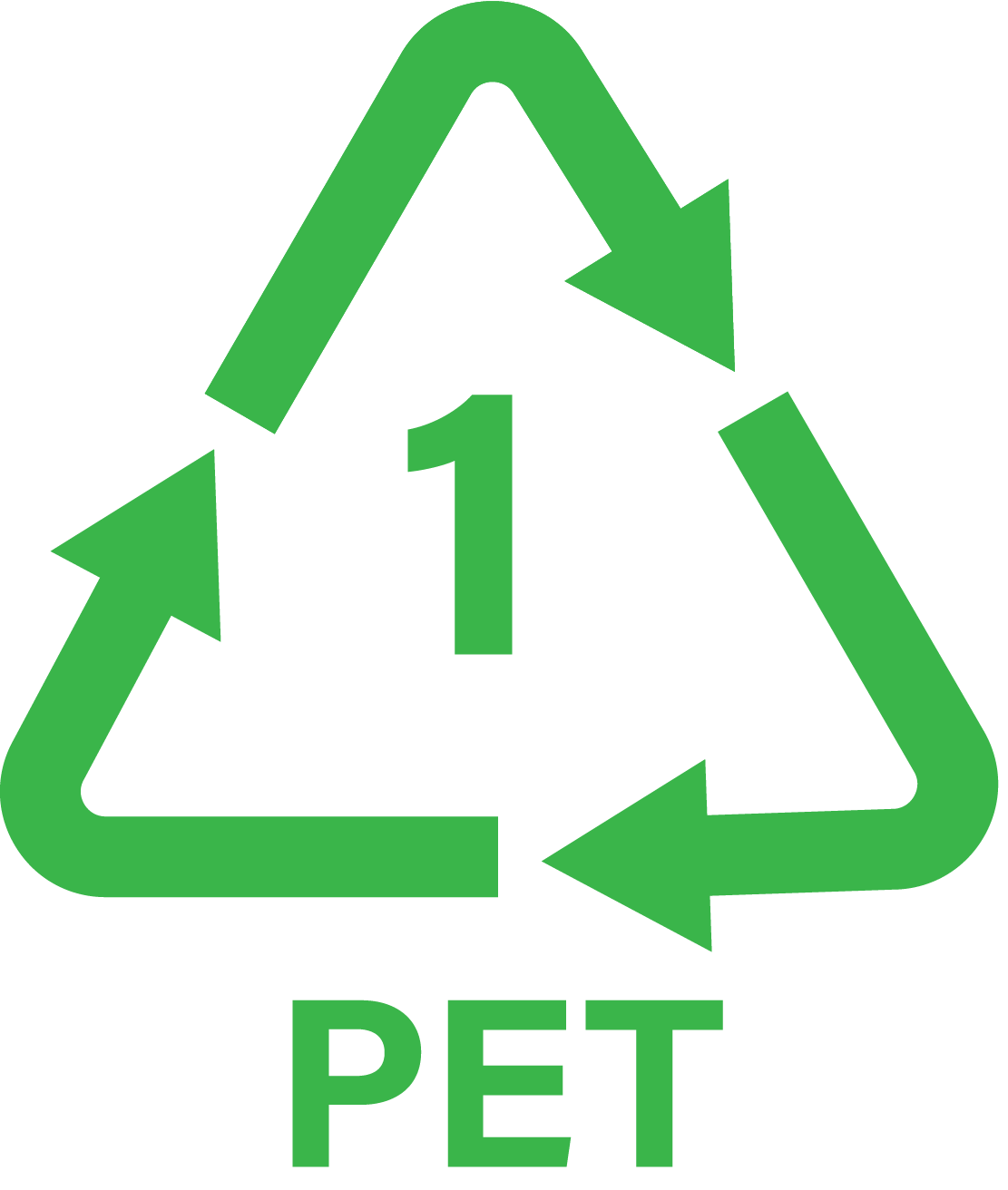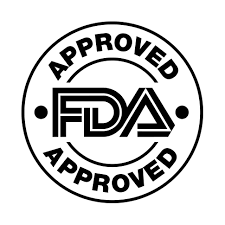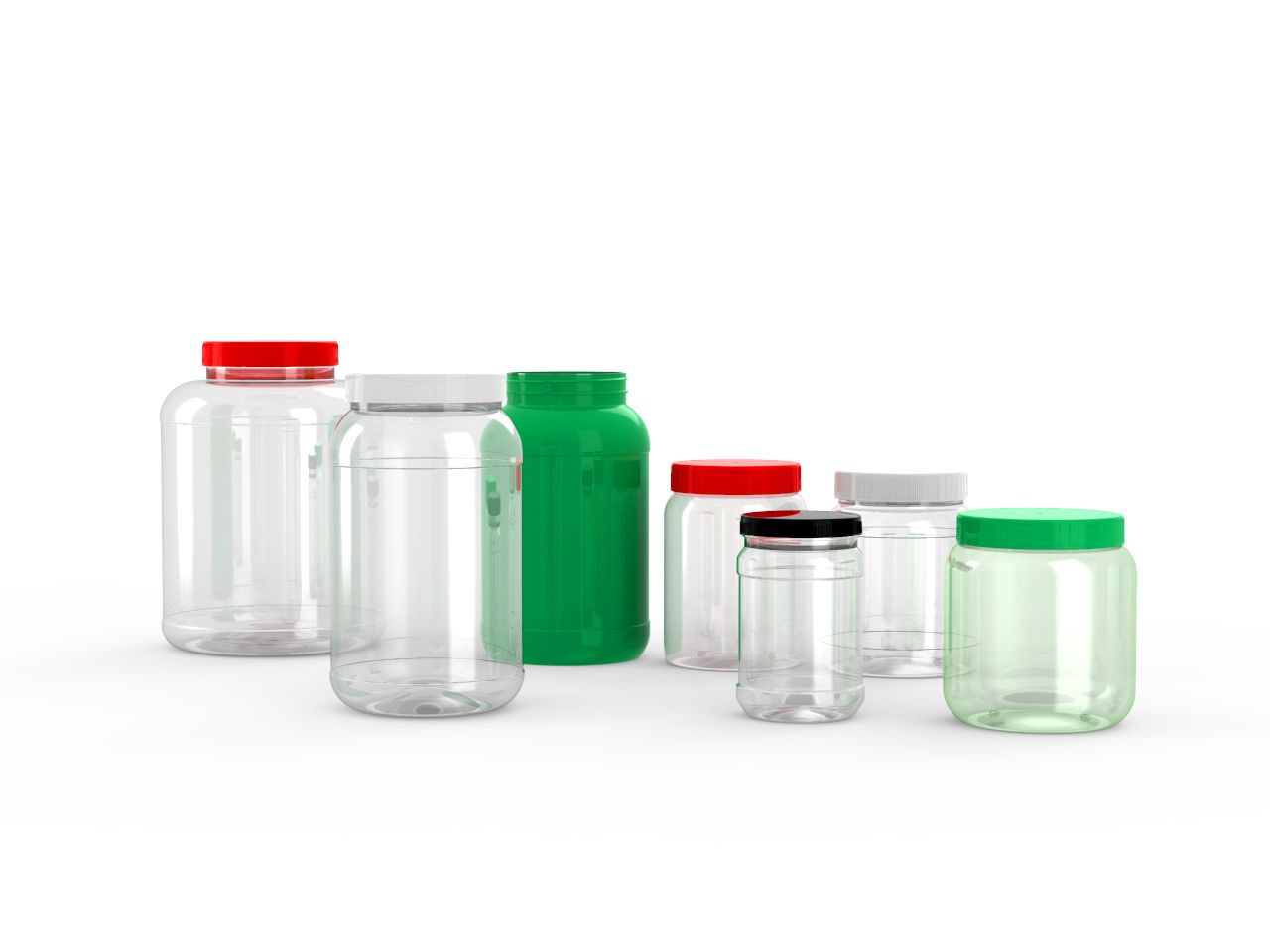Nut Butter Packaging That Spreads Sustainability
Ah, nut butter — that glorious, gooey, protein-packed spread that somehow makes eating spoonfuls of goodness feel like a health decision. Whether you're a peanut purist, almond aficionado, or cashew convert, chances are your favorite jar of nutty goodness comes wrapped in—you guessed it—plastic.
Now, before you clutch your reusable tote in despair, let’s talk packaging.
Specifically, the kind of plastic jars that make it from the shelf to your kitchen counter without cracking under pressure (literally or figuratively). We’re looking at PET and rPET—the plastic duo quietly revolutionizing how nut butter is stored, shipped, and scooped.
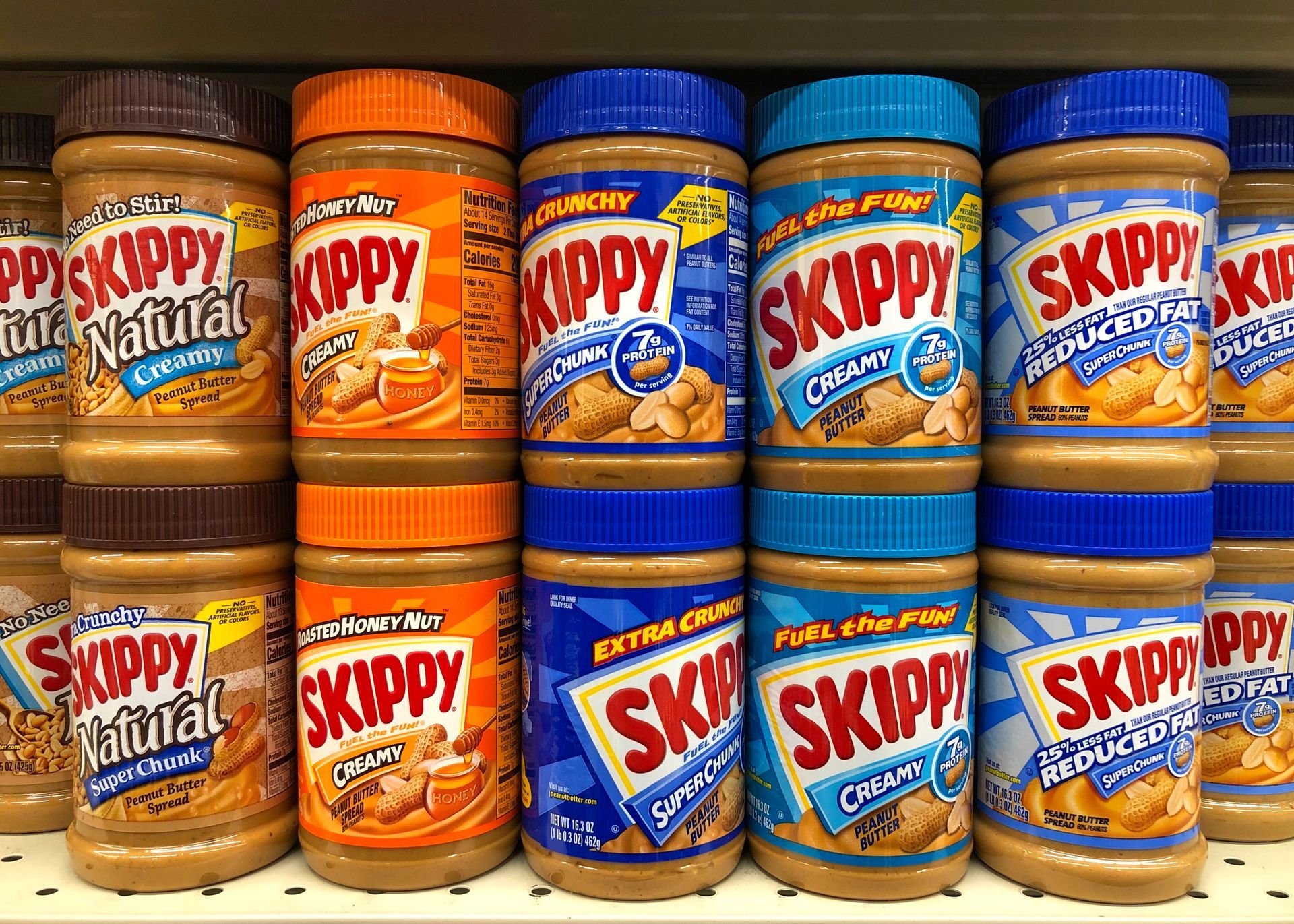
Why Plastic for Nut Butter?
Nut butter is thick. It’s oily. It’s not here to play. That means its packaging needs to be tough, lightweight, airtight, and preferably clear so consumers can admire those dreamy swirls before cracking open the lid.
This is where PET (polyethylene terephthalate) shines. It’s strong, transparent, food-safe, and doesn’t shatter like glass (because no one wants to cry over spilled peanut butter). Even better? rPET—that’s recycled PET—is becoming a go-to for eco-minded brands looking to cut down on virgin plastic without sacrificing performance.
Who’s Using It?
Plenty of popular brands are already packaging their nut butters in plastic (and doing it with style):
- Jif: The classic peanut butter giant sticks to plastic jars because they’re durable and light enough to ship nationwide without racking up transport emissions.
- Skippy: Another household name using PET packaging that balances shelf appeal with efficiency.
- PBfit: Their powdered peanut butter comes in sturdy plastic tubs, many of which now incorporate recycled content.
A Jar Half Full: The Case for Smarter Plastic
Let’s face it—plastic isn’t the villain here. It’s how we use and reuse it that makes the difference. PET and rPET containers are 100% recyclable (as long as your local recycling system plays nice), and brands that opt for recycled content help close the loop in the packaging lifecycle.
Not only that, but plastic jars:
- Keep nut butter fresh by blocking moisture and oxygen.
- Weigh less than glass, which reduces shipping emissions.
- Don’t shatter, saving everyone from oily clean-ups.
Educating the (Nut Butter–Loving) Masses
Smart brands are also stepping up their recycling game by labeling packaging clearly and educating consumers about proper disposal. A simple "Recycle Me" message might be all it takes to nudge someone to rinse out their jar and toss it in the blue bin.
Some forward-thinking companies are even partnering with recycling initiatives or launching take-back programs to make sure their packaging doesn’t end up where it shouldn’t.
Challenges? Yep. But They’re Solvable.
Sure, using recycled plastic isn’t always as smooth as a fresh jar of almond butter. rPET supply can be inconsistent, and keeping the material food-safe requires a bit more finesse. But with growing demand and investment in recycling infrastructure, these kinks are smoothing out.
Brands that get ahead of the curve now? They're not just selling nut butter. They’re selling peace of mind with every scoop.
Final Thoughts: Stirring Up Sustainability, One Jar at a Time
Whether it's creamy, crunchy, or cinnamon-flavored, nut butter deserves packaging that does more than just contain it — it should protect, preserve, and support a more circular future. PET and rPET are helping brands do just that, all while keeping their spreads safe, shelf-ready, and sustainable.
So next time you’re shopping for your next peanut butter fix, check the label, twist off the lid, and give a little nod to the plastic jar doing the hard work behind the scenes. It might not be the star of the snack, but it sure makes sustainability look good.

